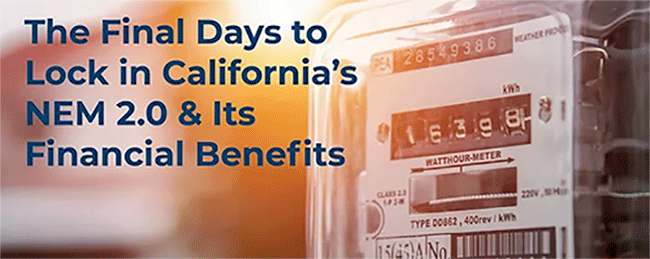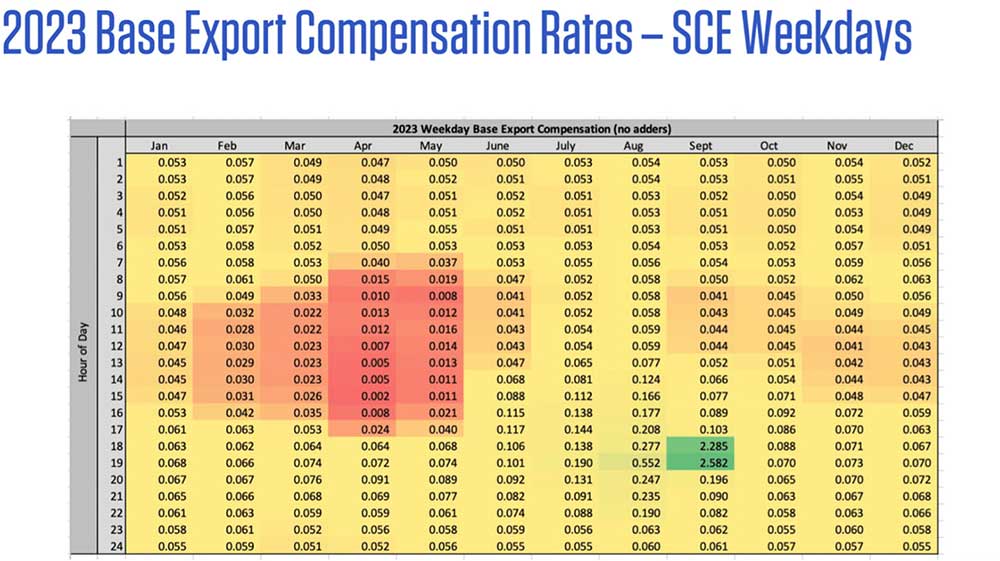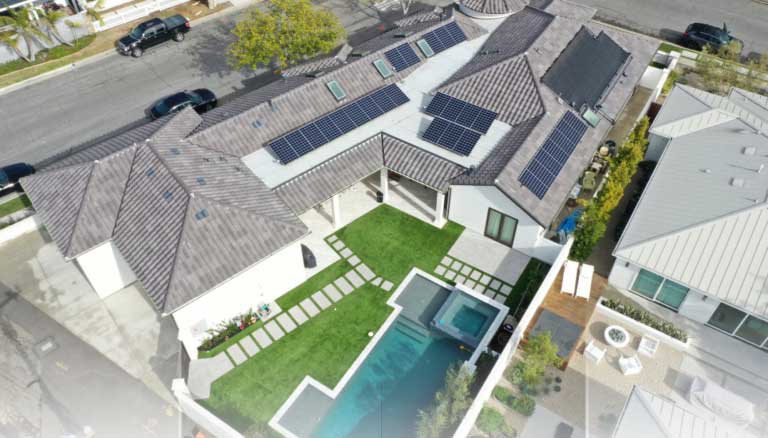
On December 13th, 2022, the California Public Utility Commission (CPUC) approved a new Net Metering policy which reduces energy savings from excess solar by ~ 75%.
Key Takeaways:
- NOW is the time to go solar. Submit your Utility interconnection applications with Suntrek before April 13, 2023 and be grandfathered for 20 years of guaranteed energy savings.
- If you have an old system that is not covering your energy needs, upgrade or add to the system before April 13th and be grandfathered for ANOTHER 20 years.
Overview:
For the past 26 years, utility companies have been battling with the solar industry. When a utility customer installs a solar energy system, the utility company misses out on potential profits. Additionally, excess solar power that is generated by a “grid tied” solar energy system puts extra stress on the utility infrastructure by sending power to them to manage and distribute during the hours of day when solar production is high, but energy consumption by their customers is low.
From 1996-2016, solar customers opted into a Net Energy Metering (NEM) agreement with their respective utility. This agreement outlined how solar customers would be treated by their utility provider. Most customers were on “tiered” billing tariffs and excess solar power was credited at the same retail rate they were charged. Those that were early adopters are safe from future NEM changes for 20 years from the date of interconnection.
In, 2017, the California Public Utility Commission (CPUC) approved NEM 2.0. NEM 2.0 incoporated mandatory “Time-of-Use” (TOU) rates, minimum monthly charges, non-bypassable charges (NBC’s), and a one-time interconnection fee. All customers that installed solar under NEM 2.0 will also be grandfathered into their NEM agreement for 20 years from date of interconnection. The introduction of mandatory TOU rates under NEM 2.0 prompted the Solar industry to bring different energy storage/battery systems to market to enhance the value of solar energy systems and mitigate peak usage times with stored solar power. While there has been moderate adoption of energy storage when paired with solar, the upcoming changes under NEM 3.0 will further encourage the use of energy storage systems. Largely due to a decrease in the value of exported solar power.
All interconnection agreements submitted after April 13th 2023 will now be subject to NEM 3.0.
Net Energy Metering (NEM) Comparison
| Version of NEM | Year Established | Monthly Fixed Charges | Average Credit for Exported Solar Power | Grid Interconnection Fees | Locked in Benefits | Utility Tariff |
| 1.0 | 1996 | $0.00 | Retail Rate | None | 20 Years | All rates |
| 2.0 | 2017 | $10.00 | Retail Rate MINUS $0.02-$0.03 |
One-time fee of $75-$150 | 20 Years | Time-of-use Options |
| 3.0 | 2023 | $15.00 + | 75% less than retail rate | One-time fee of $75-$150 | 9 Years | One Specific Time-of-use rate |
NEW CHANGES UNDER NEM 3.0:
New Rate Plans: Specific Time of use Rate plans which make power very expensive during peak rate times and reduce cost of energy during hours of the day when solar production is most abundant.
| Utility | Rate Name | Monthly Fixed Charge | Lowest Off-Peak Rate | Highest On-Peak Rate |
| PG&E | E-ELEC | $15 | $0.258/kWh | $0.529/kWh |
| SCE | TOU-D-PRIME | $12 | $0.214/kWh | $0.539/kWh |
| SDG&E | EV-TOU-5 | $16 | $0.102/kWh | $0.653/kWh |
Reduced Solar Credits: Average credits on excess solar production will average $0.05-0.06. With average retail rates closer to $0.30, this is ~ 25% of the value of NEM 2.0 solar credits. The true value of the excess power is a complicated calculation that is based on the “actual value” of the solar power to the utility at that time of day. Each hour of the day will have a different credit amount. See figure below.
ACC Plus Incentive: The utility providers have implemented an incentive available to those who file an interconnection agreement with the utility company within the first year of NEM 3.0. Those who qualify will receive the incentives shown in the figure below for the first 9 years of NEM 3.0. While these incentives are designed to “soften the blow”, the value of the incentives are miniscule.
| PG&E | SCE | SDG&E | |
| Residential | $0.022 | $0.04 | $0.00 |
| Low-Income | $0.090 | $0.093 | $0.00 |
System Oversizing: Under NEM 3.0, systems can be sized up to 150% of the past 12 months energy consumption. The customer will be asked to confirm that they will increase their usage up to that amount in the next 12 months due to increase electricity load (EV, AC usage, swimming pool, etc).
Billing Term: Customers will be required to pay monthly bills, instead of the “annualized billing” that most NEM 1.0 and NEM 2.0 customers have been familiar with. Customers will also be given a 1-time “True-up date” adjustment. For example, if most of you excess solar production occurs January-June, you would want those months to be accrued first. That way, July-December would use up your earned “solar credits”.
Conclusion: If there ever was a time to move forward with a solar project, it would be now…Filing an interconnection application before April 13th will ensure you lock in energy savings for the next 20 years. Once NEM 3.0 is in effect, the only way to reduce your electricity bill by 75% or more will be by implementing battery/energy storage systems. While the implementation and advancement of this technology is exciting, it is expensive. The additional cost of battery systems will prolong the payback period and financial feasibility of these projects for many.
In order to file an interconnection application, Suntrek will need a signed contract, copy of a utility bill, and a set of plans drafted for your project. Once the application is submitted, you technically have 3 years to build the project.
If you have a solar system that is 15+ years old, you may want to consider upgrading the system. Your “grandfathering” will be up soon, and NEM 3.0 rules will apply to you at the 20-year mark. If you upgrade the system now, you will be “grandfathered” for another 20 years.
If you, your family or friends have any plans on going solar in the near future, contact Suntrek so that you can secure attractive energy savings before the utility companies make these unfavorable changes.




